VET APPROVED

The information is current and up-to-date in accordance with the latest veterinarian research.
Learn more »Click to Skip Ahead
For this topic specifically, we will be discussing freshwater aquatic turtles and North American box turtles (Terrapene).
Carrots are often promoted as superfoods. Anecdotal claims state that they are great for boosting immunity, offer various other health benefits, and have a crunch that some people just can’t get enough of. In pop culture, the popular cartoon character Bugs Bunny was modeled after Clark Gable, a man who was particularly fond of carrots himself!
With all the hype about carrots, you might be wondering if they are safe for your pet turtle. Carrots are safe for most turtles to eat occasionally. Baby carrots are slightly better nutritional options compared to mature carrots, but moderation is still essential.
Read on as we explore the potential benefits, risks, and feeding guidelines of giving carrots to turtles.

Are Carrots Good for Turtles?
The nutritional requirements of pet turtles vary drastically depending on several factors. Generally speaking, most freshwater aquatic turtles are considered omnivores, but their dietary requirements are quite varied due to several factors, particularly their age. In general, juveniles require more animal-based proteins (often in the form of insects, mollusks, etc.), whereas adults require more plant-based ingredients. Box turtles are slightly more flexible and tolerant regarding the inclusion of fruits in their diet.
Carrots can offer nutritional benefits to your pet turtle. Their nutritional analysis is as follows:1
- Water: 87.7 grams (g)
- Carbohydrates: 10.3 g
- Fat: 0.35 g
- Protein: 0.94 g
- Fiber: 3.1 g
- Calcium: 30 milligrams (mg)
- Phosphorus: 40 mg
Baby carrots have a slightly different nutritional profile:2
- Water: 89.3 grams (g)
- Carbohydrates: 9.08 g
- Fat: 0.14 g
- Protein: 0.8 g
- Fiber: 2.7 g
- Calcium: 42 milligrams (mg)
- Phosphorus: 30 mg
Carrots are perhaps best known for their high amounts of vitamin A. In plants, vitamin A is present in forms known as carotenes. Of these, beta-carotene (also known as β-carotene) is the most relevant for most herbivorous pets.
Carrots have different types of carotenes, and the total yield will vary depending on the strain of the plant, the conditions in which it was grown, its age at harvest, and other factors. Of importance here is whether your turtle can utilize beta-carotene efficiently, which will depend on their species. So, although carrots have vitamin A, the amount that your pet might be able to utilize can vary.
That said, carrots generally have the highest vitamin A content of all the vegetables and are rivaled only by sweet potatoes and maize (corn) in this regard.
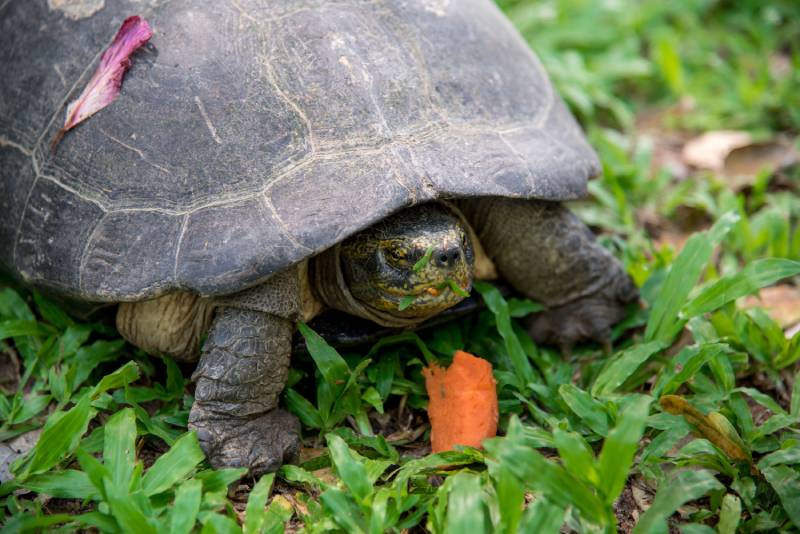

The Nutritional Risks of Carrots
Unfortunately, carrots have a few considerable downsides that heavily diminish their appeal and relegate them to being a minor part of your turtle’s diet in most cases.
Calcium-to-Phosphorus Ratio
The calcium-to-phosphorus ratio of carrots isn’t ideal for a turtle, as the phosphorus is higher than the calcium. Within a turtle’s body, phosphorus naturally binds to calcium. If a food contains more phosphorus than calcium, a turtle’s body will respond by releasing calcium (stored primarily in bones) to fix this imbalance.
Interestingly, the calcium-to-phosphorus ratio of baby carrots is better than that of mature carrots. However, it is still not optimal. The ideal ratio of calcium to phosphorus for turtles is around 1.5:1 or 2:1 (that is, calcium should be twice as high as phosphorus).
Sugar
Carrots contain a moderately high amount of naturally occurring sugars, making them unable to justify their place as a major component of a turtle’s diet. Excess sugar can lead to health issues in almost all species of pet turtles.
Oxalates
Carrots are high in oxalates, with ½ of a large carrot containing approximately 10 milligrams of oxalates. These are detrimental to a turtle’s health in large quantities because they bind with calcium within the body, preventing its absorption. This further deprives a turtle of calcium from their diet. Oxalates can also lead to other health issues if left unchecked.
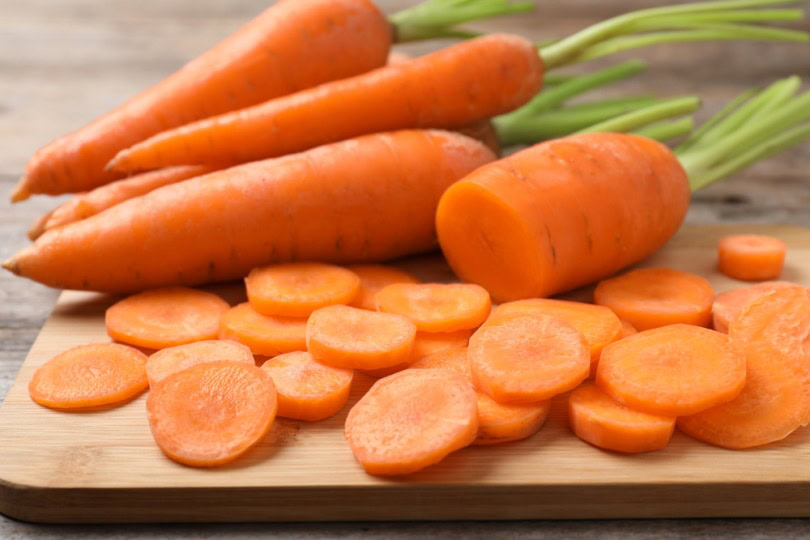
The downsides of carrots vastly outweigh the benefits, so they should only be offered to your herbivorous or omnivorous turtle in moderation. It is best to consult your veterinarian before adding any food item to your turtle’s diet.

How Do I Feed Carrots to Turtles?
Whenever you want to give fresh produce to your turtle, you should offer it raw and prepare it just as you would prepare it for yourself or for another person. To offer carrots to your turtle, the general steps should be as follows:
- Ensure that the carrot that you want to feed to your pet is fresh.
- Thoroughly wash the carrot (even if it’s organic).
- Cut the carrot into more manageable chunks (depending on your turtle’s size).
- Mix the carrot with the other vegetables, fruit, and produce that you’re offering to your turtle.
- Fresh produce spoils rather quickly once it is served to your pet. Discard any uneaten produce after a period of about 6 hours or so (at most), and ensure that you maintain hygienic conditions within your pet’s enclosure.
What About Carrot Skin and Tops?
Carrot skin is safe for turtles to consume, and it contributes to the total fiber content of the produce (that said, carrots aren’t a great source of fiber for turtles). The tops of carrots are safe for turtles to consume and in fact, are considered healthier than the main part because they have less sugar.
- Read Also: Can Turtles Eat Strawberries?

Conclusion
While safe for turtles, carrots should only be offered in moderation. Their nutritional benefits are few and do not compensate for their nutritional risks, which are considerable.
Your turtle’s nutritional requirements will depend on many factors and periodically change throughout their lifetime. As such, it is best to consult a reptile nutritionist or veterinarian to formulate a meal plan that works best for your pet.
Also See:
- Carrots, raw
- Turtle care and husbandry
- Important Factors in Chelonian Nutrition
- https://www.everydayhealth.com/diet-nutrition/baby-carrots-may-help-boost-immunity-and-prevent-disease/
- https://webcache.googleusercontent.com/search?q=cache:https://historianandrew.medium.com/how-bugs-bunny-and-clark-gable-created-false-belief-that-rabbits-like-eating-carrots-65d25059b7d0&sca_esv=1926c2955f272b3e&strip=1&vwsrc=0
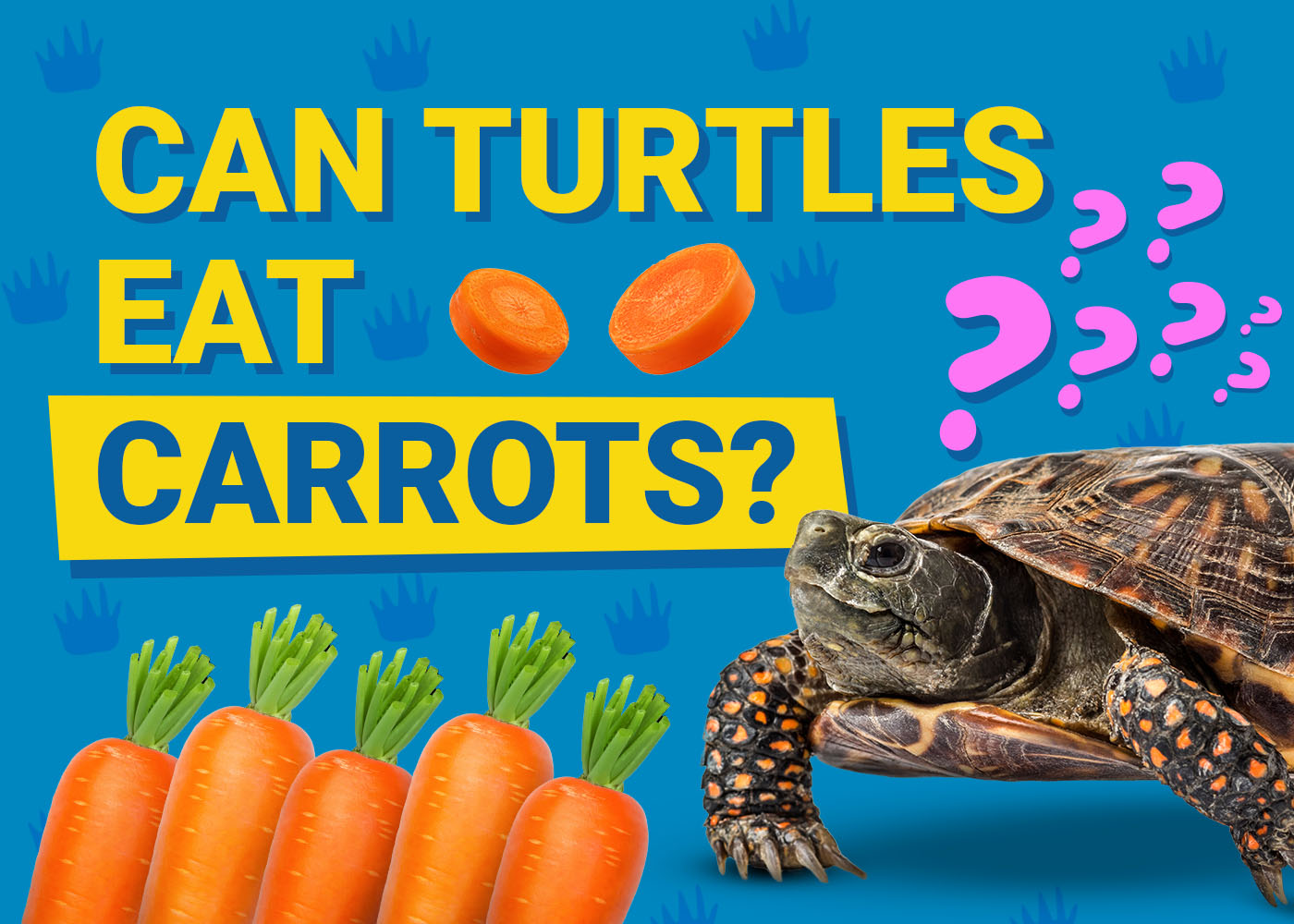





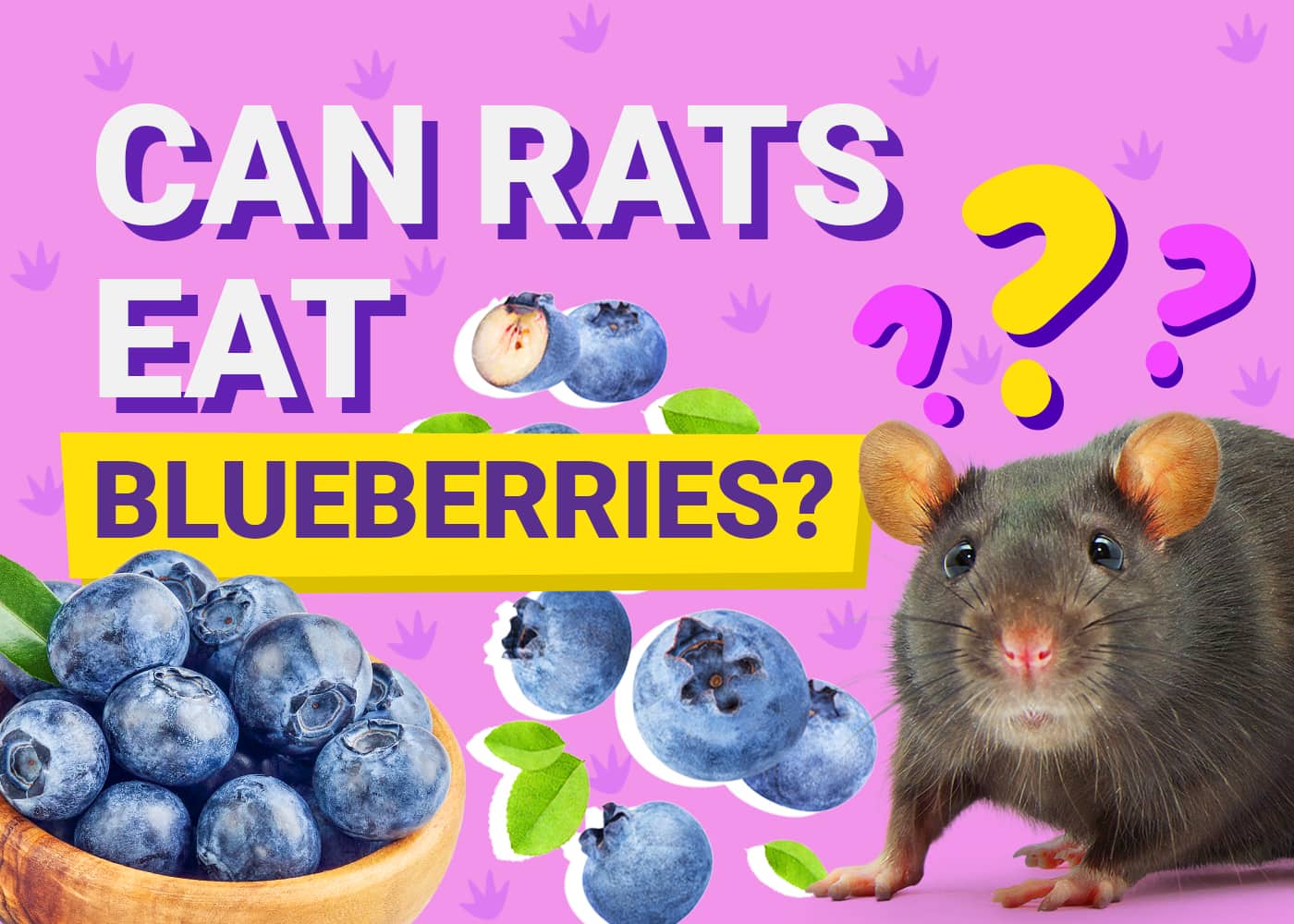
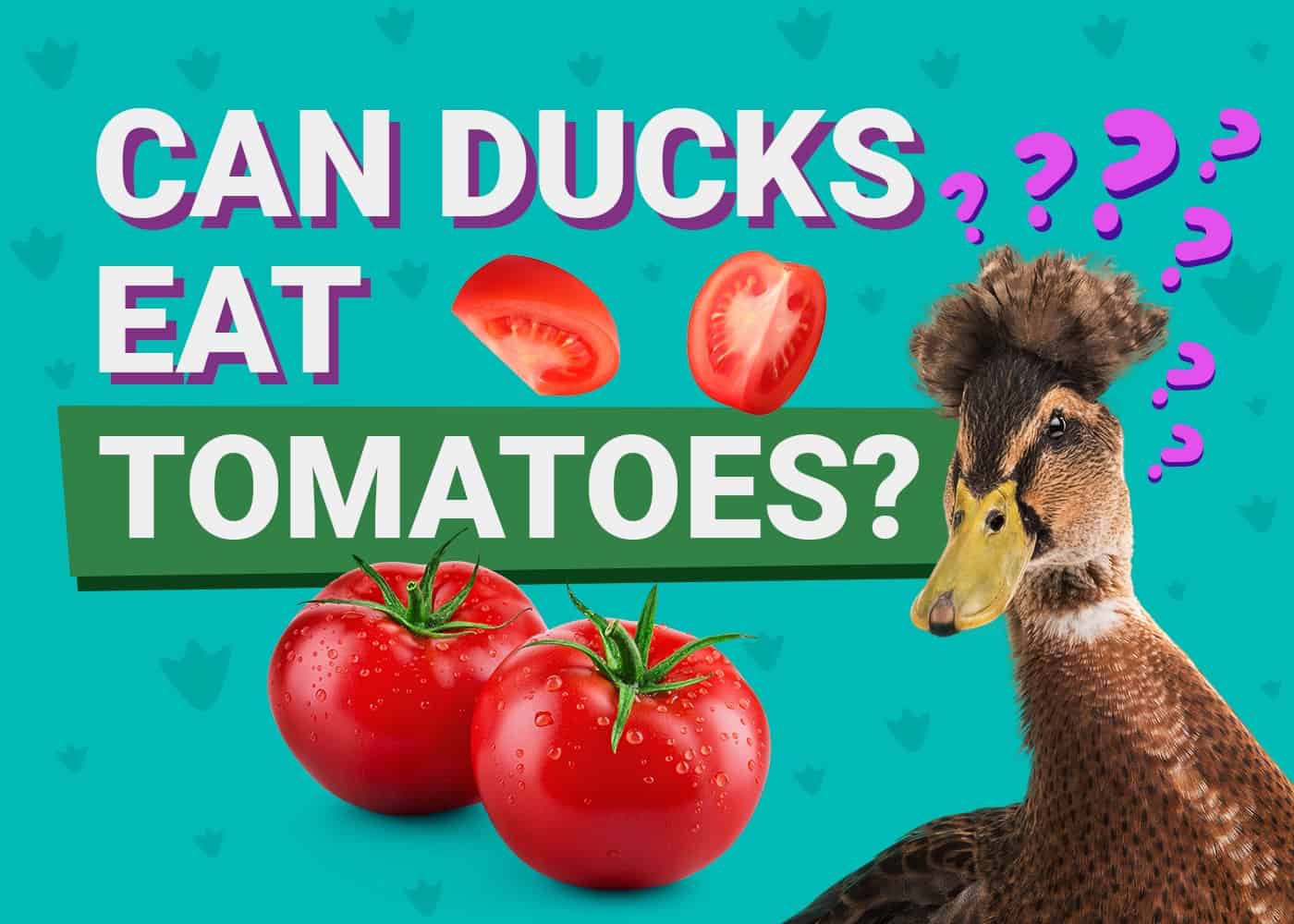
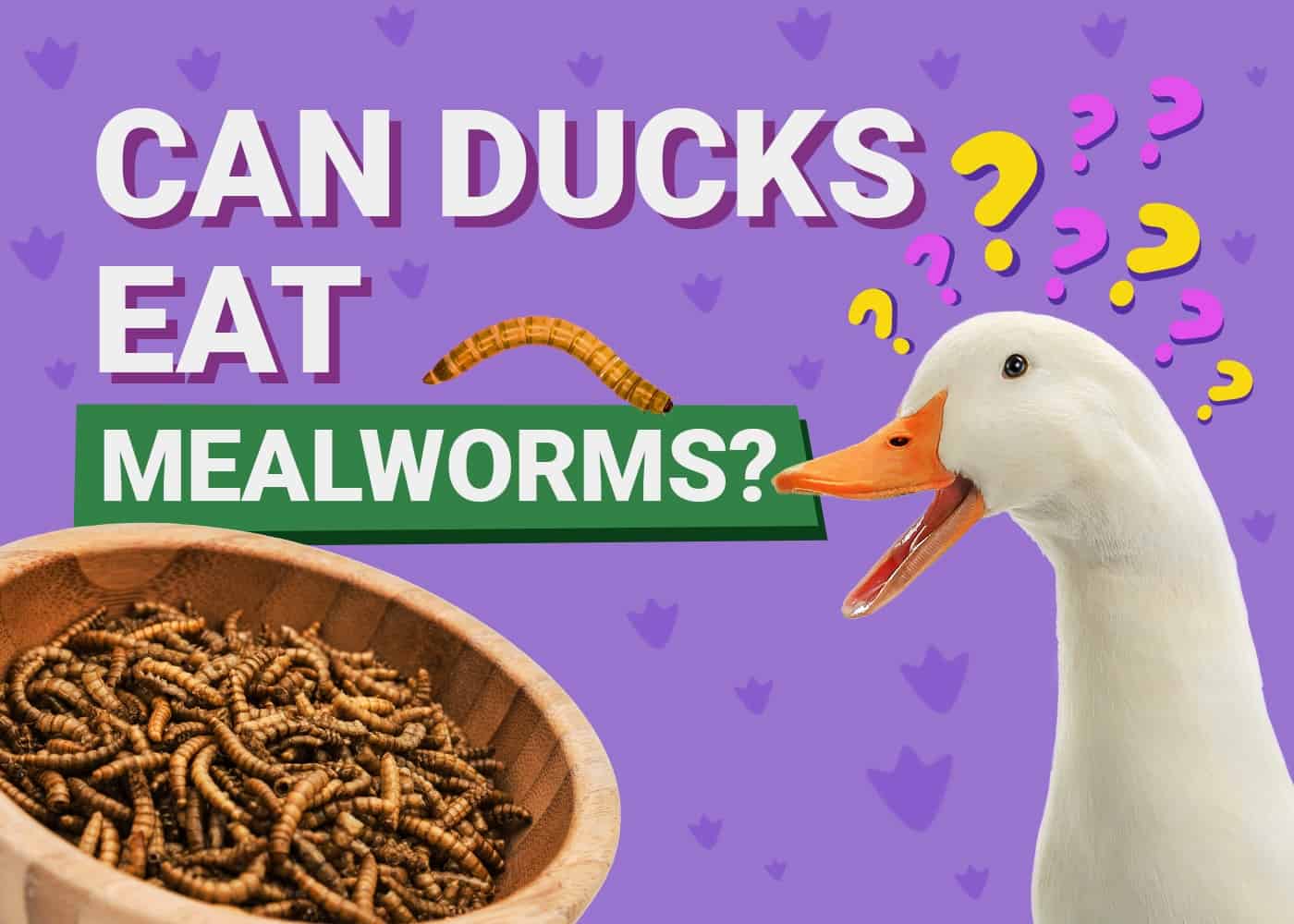


2 Responses
My son found his turtle in the street. She is approx. 7″ round. We giv a her SPECIAL turtle food he buys mixed in a can, but she loves watermelon, honeydew, Cantilope, and lettuce. Do you have SAFE vitamin/s suggestions or food we should be giving her for winter months? She is in her 25 gallon cage that is set up awesome. We let her FLY AROUND THRE HOUSE, but she moves pretty fast! Turtles are NOT ALL SLOW! Nickname Speedy. Her name is Lovebug. She loves to have her head rubbed, and loves to cuddle her head under the holders chin. Just like a puppy. Loving this girl. I just cut her nails using bird scissors because clippers used to scare my pooch I rescued. No scaring this turtle!!! Thank you for your site, and thank you for being these animals, “LIVING ANGEL!!”
Dear Judith,
thank you for your question. It is wonderful to hear that you were willing to save the turtle from the street and give her a new life! It seems that you are doing your best to give her the best possible care and to give her a lot of love. A balanced diet is essential for her health. While she enjoys fruits like watermelon and cantaloupe, these should only be occasional treats, as they are high in sugar and low in essential nutrients.
I picked some articles that you might find helpful:
– How to Take Care of a Baby Turtle: Vet-Approved Advice
– 14 Essential Turtle Supplies to Get You Started: Vet-Reviewed Guide
– How to Select & Care for Pet Turtles and Tortoises: Types, Info, & More
As for your question – turtles naturally brumate during the winter months. To support this process, you should provide her with a clean environment, appropriate temperature, and proper lighting. Her appetite will gradually decrease before disappearing completely during brumation.